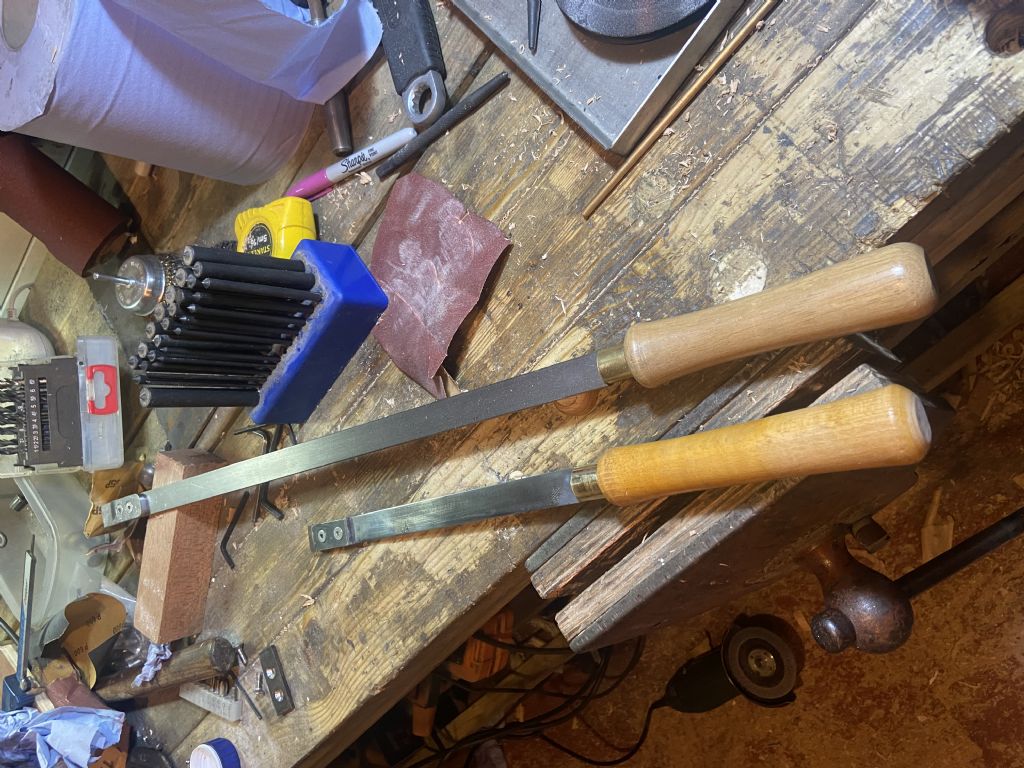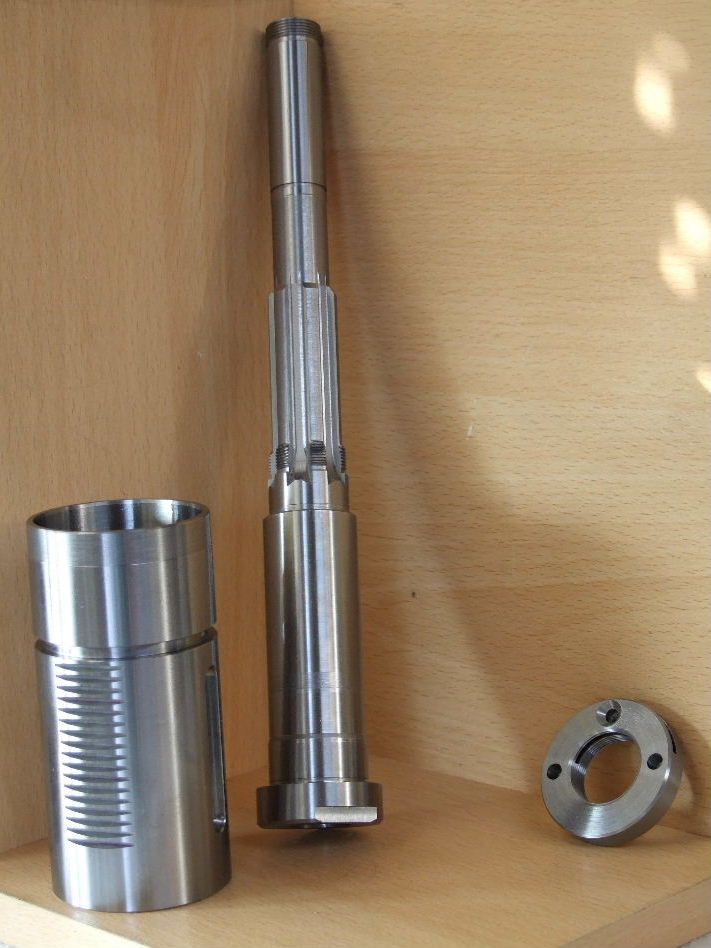When you have got your head around Graham Meek's advice re proving whether the spindle is bent and whether the morse taper is axially correct, but off centre, I wonder if a sensible and cost effective option, will be to change the bearings for taper rollers.
I believe it was a mod sometimes done using Timken Timken 15578/15520 TS Single-Row Taper Roller Bearing 1×2.25×0.6875 inch. This wouldn't directly help you, as everything would still run off-centre.
If you have a look through the various catalogues and websites, such as this one you should be able to find one with the correct OD, and a larger ID, say 1.0826"/1.125" x 2.25"
https://simplybearings.co.uk/shop/Taper-Roller-Bearings-Taper-Roller-Bearings/c1_5459/index.html?selection=Tapered+Roller+Bearings+Cup+and+Cone+Assemblies
You could then sleeve the bearing surfaces on the centre spindle, and run it between centres.
This would allow you to re-machine where the bearings sit, and thus have them concentric with the morse taper and Myford chuck register.
I have lots of documentation, recovered from the old Dore Westbury Yahoo group before its demise.
PM me your full contact details, and I can burn it to a CD/DVD, or maybe zip it up into a large file for one of the free file transfer services.
I'll not reproduce it here for copyright reasons.
p.s. an alternative way of seeing what's not concentric might be to use your lathe.
If it has a Morse headstock, get an MT2 blank arbor, fit directly in the headstock taper, via a size adaptor sleeve if need be.
Take a light skim off the outer stub, to make sure that it is concentric and axial.
Hold this newly finishes stub in your independent 4 jaw, and dial it in with your tenths clock.
You now have an MT2 taper, on which to sit your DW inner spindle. Your clock can now sit on the cross slide/saddle and move up and down the DW spindle to give you an idea what's happening.
This arrangement could also be used for re-machining the aforementioned sleeves, and might even allow a slight correction if the female taper is very slightly off axially.
Bill
Edited By peak4 on 13/09/2022 13:40:10
Neil Lickfold.








